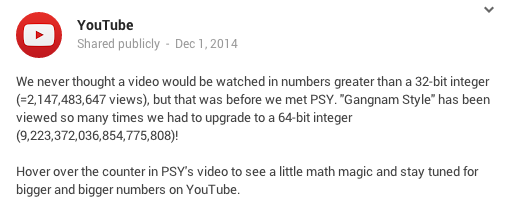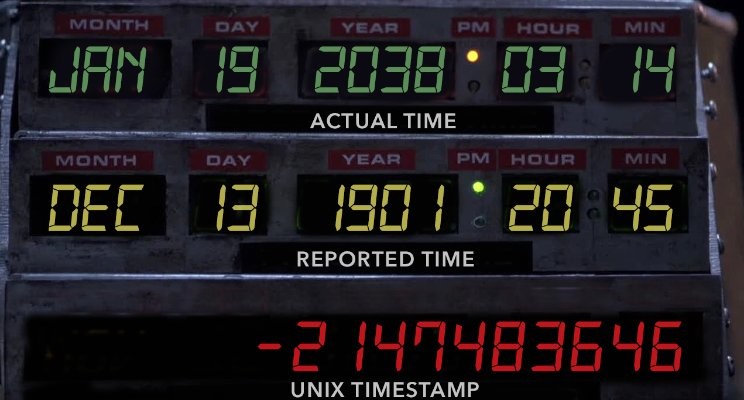The maximum limit of Unsigned Long Long Int in C/C++ is 18446744073709551615, a 20 digit number. While languages like C++/Java support classes of BigIntegers (100 digit numbers). C by default has no such support. This project aims to bring that support to the C language along with basic arithmetic operations like Comparison, Addition, Subtraction and Multiplication along with applications such as Factorial, Fibonacci etc.
Add support for Big Integers (numbers greater than 18446744073709551615) in C along with basic mathematical operations and functions.
- Calculate factorial of very large integers.
- Calculate very large nth Fibonacci number.
- Calculate binomial coefficient of very large numbers.
- Greatest Common Divisor.
- Perform binary exponentiation on very large numbers or raise numbers to very large powers.
- You may assume all BigInts are at most 1000 digits long, hence using malloc function, declare a 1001 element character array. The 1 extra element will be for the null character '\0'.
- To avoid computing with garbage values, initialize all elements of the declared BigInt to 0.
While practicing Competitive Programming or in most of the programming contests, you might have noticed that you are required to print the result in 10^9+7 modulo.
🤔 Ever wondered WHY?
Because of Integer Overflows. The largest integer datatype in C/C++ is long long int and it can store integers from 2^(-63) to 2^(63). (that is ~ 10^18). But, you might come across some cases where this range of unsigned long long int will be insufficient to handle such big numbers. So, instead of printing the exact value, we are required to print the answer modulo some number M.
Criteria on which the value of M depends:
- It should be large enough to fit in an int data type. (~10^9)
- It should be a prime number.
10^9+7 fulfills both the criteria.
NOTE: In programming, due to the size of variable limitations, we perform modulo M at each intermediate stage so that range overflow never occurs.
There are few Distributive properties of Modulo, which you can learn while doing Modular Arithematic
Attaching the links of a few problems available online to practice arithematic operations on big integers:
- Add large numbers from Codechef (Solution)
- Julka from SPOJ (Solution)
- Factorials from SPOJ (Solution)
-
GANGNAM STYLE:
YouTube developers built their platform with a counter using a signed 32-bit integer.
2^(31) - 1 = 2147483647
This means the maximum possible views could 2,147,483,647. (~ 2.1 billion).Gangnam Style breached the barrier, showing more than 2.1 billion views & we got some arbitrary result.
To solve this, YouTube upgraded to 64-bit integer for its video counter, which means videos have a maximum viewer count of 9,223,372,036,854,776,000. (~ 9.22 quintillion).
2^(63) - 1 = 9223372036854776000 -
UNIX EPOCH TIME:
Unix systems record time values as the number of seconds since 00:00:00 UTC on January 1, 1970. 32-bit systems use a signed 32-bit integer for this, so they will wrap around 2,147,483,647 seconds after that date. Two billion seconds is about 68 years; on January 19, 2038, at 03:14:07 in the morning, 32-bit Unix clocks will roll over. One second past that is a time counter overflow, which results in the time flying 137 years into the past, because the time counter becomes -2,147,483,648. Unix machines are eventually going to run out of the bits to tick off seconds. So, on that day, the C programs that use the standard time library will start to have problems with dates.
This Year 2038 Problem is also called Unix Millenium Bug or Y2K38 bug.Here’s an animation showing how the Year 2038 bug would reset the date:



